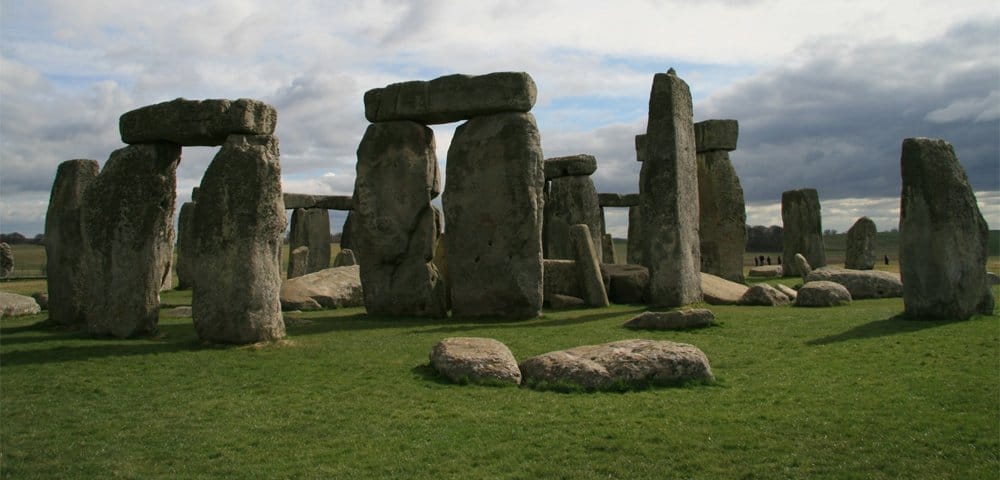
Researchers Discover An Older, Bigger Version Of Stonehenge
We’ve come a long way in terms of uncovering the secrets of the world, but plenty of them still remain buried — literally, in some cases. It’s humbling that, even with something like Stonehenge long since documented, its exact origin and purpose are still missing from history books. It’s even more humbling to know that not only is there a Stonehenge, but also a version of it that’s roughly five times its size — and practically within walking distance of the original.
The major sticking point is that the newly-discovered set of stones — which has been lovingly dubbed “superhenge” — remains buried to this day. Through remote sensing and imaging, almost one hundred stones were found; no excavations have taken place yet so as to preserve the landscape and artifacts, but the current theory is that they’re made of the sandstone typically found in its home region of Wiltshire.
Even so, plenty of details on the structures have eluded researchers. It’s true that they can place a date — as old as 4,500 years, compared to the classic Stonehenge’s 3,500 — but its purpose and construction are still a mystery. More to the point, the superhenge might not be the last of its kind; others may be buried as well, and they could all be connected for a single purpose. There is a plus side, of course: if the details are unearthed, then it could reveal all sorts of mysteries of the past.



